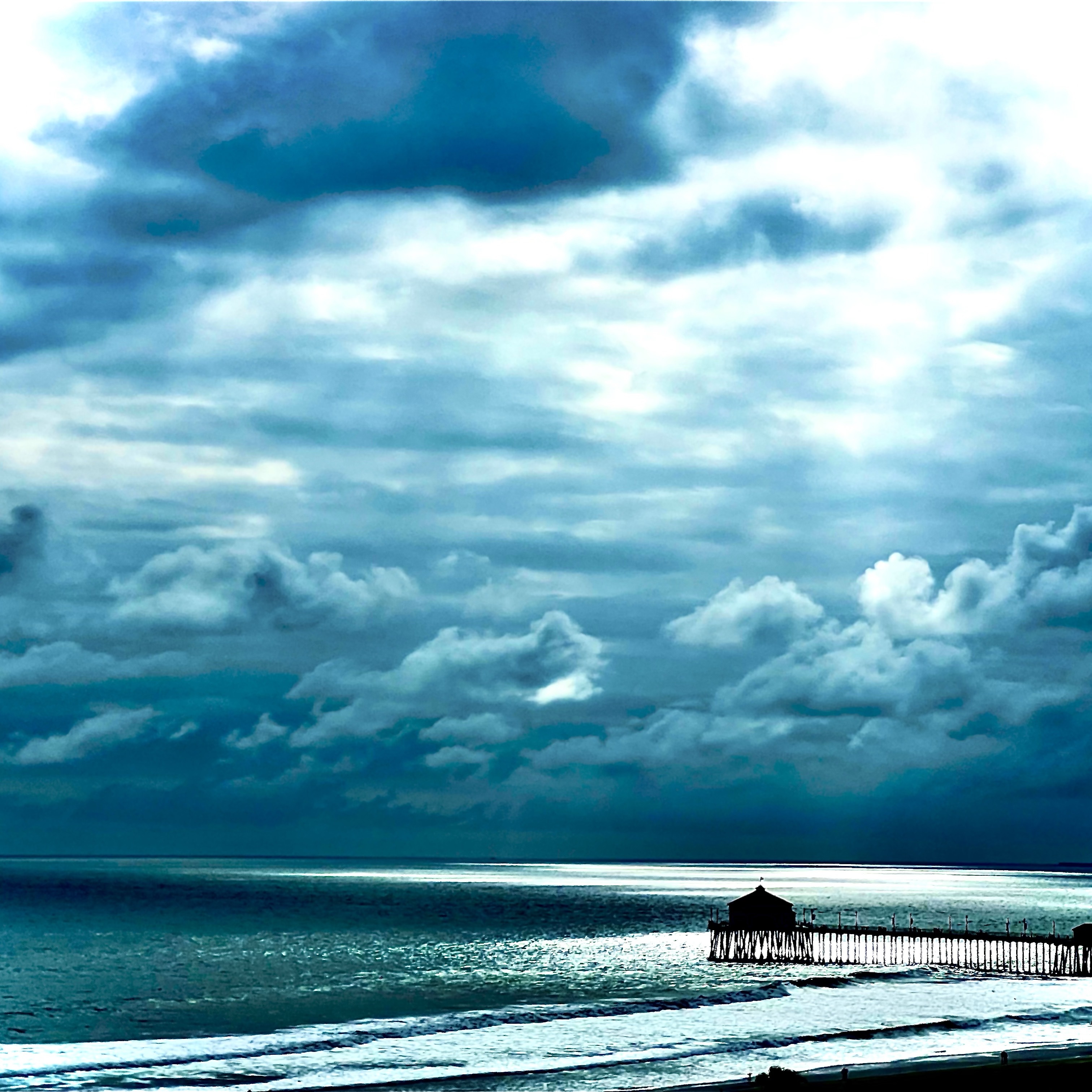Roussillon Ready
Mas Bécha
Barrique Roussillon Red Blend 2019

@Paul T- Huntington Beach don’t know where I’d be without them!

Probably picking glass out of your sink cuz you can’t hold a bottle🤷🏼♂️ good thing you have that drain stopper.

@Paul T- Huntington Beach haaaaa that’s why it’s there. In case I lose my thumbs


Ellen Clifford

Beautifully decadent! And one of the few Roussillon wines I tried with a noticeable hit of oak on it and I was into it. The spice of oak was countered with both tart and fleshy fruit. Like lying in a bed so comfortable you just want to stay in it…and drink more wine. Go fig. — 4 years ago